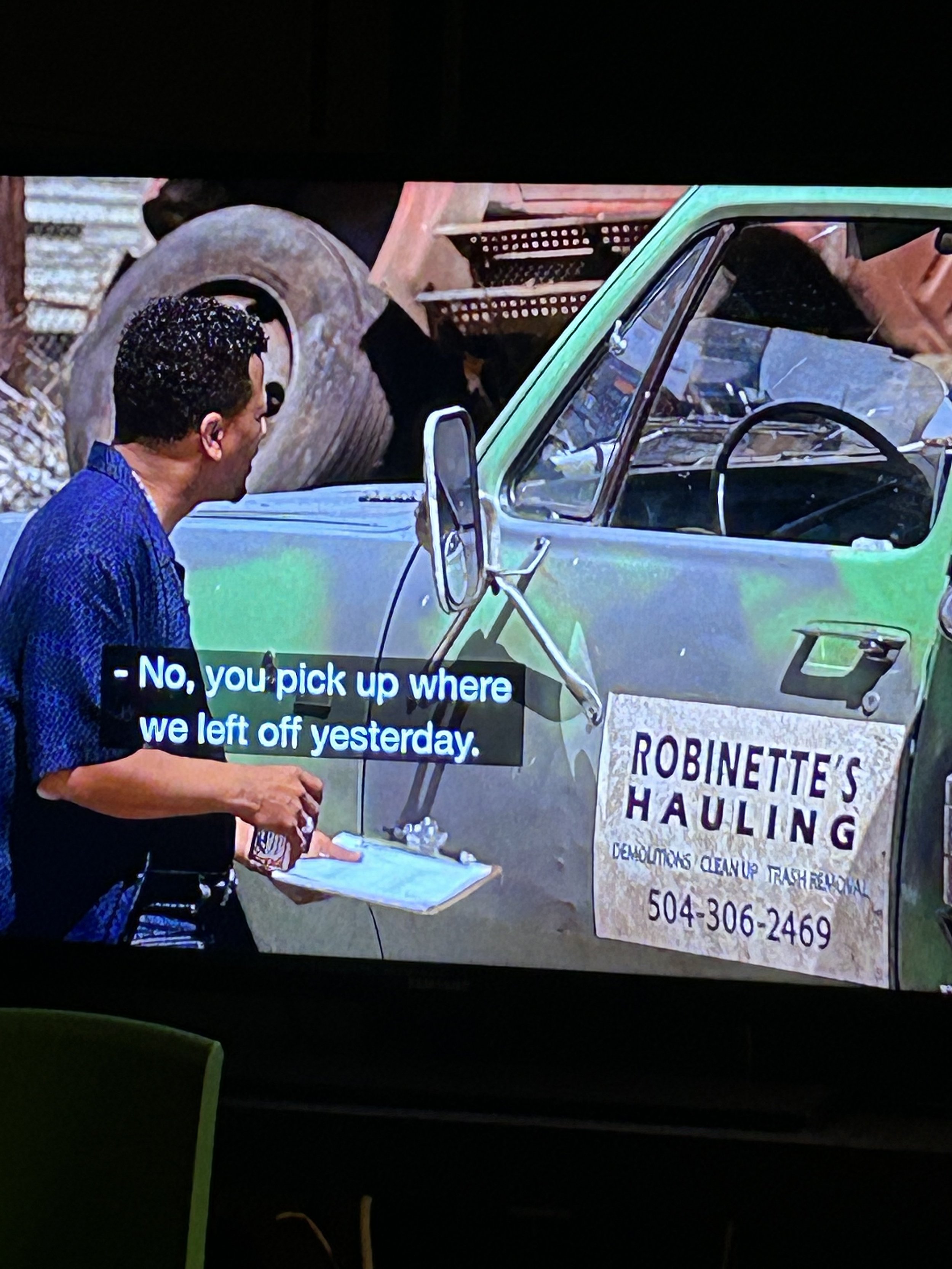We all do it but only dare to talk about it with our closest friends. It is completely natural yet somehow we are ashamed of it. At some point we all oversee the shipment of collectibles via FedEx; therefore, we should talk about this taboo subject because the industry does not function without it.
Not an Option
This is from the HBO series Treme. Fedex is definitely better than this option.
Of course, we never want to subject high-value objects to the rigors of apathetic handling by FedEx, DHL, UPS, etc. but we can find ourselves cornered by lack of availability of options due to time sensitivity or geography or any number of reasons that eliminate a traditional art shipper as an option. Galleries and other smaller institutions may also do so for budgetary reasons or, frankly, because it more efficiently gets the job done and distributes its wares to every nook and cranny of the globe.
No one expects that the works will receive 5-star treatment (in fact, we assume the opposite), but we triple the amount of bubble wrap, use double-wall cardboard, insure it, blanket it with “fragile” stickers, and ship it overnight hoping to eliminate extra handling in order to feel slightly more confident of undamaged travel. Innumerable issues may arise, but mostly it works out in our favor. Thus, we keep guiltily doing it.
As a result, I think that we should consider responsible use of FedEx a valuable tool in our arsenal and acknowledge publicly that we cannot live without it. I have worked on shipments from remote locations where the only way to get the piece out was through DHL. Shuttle schedules can also shift seasonally and relegate certain regions to the sidelines but for these services.
Obviously, besides timing, cost, too, will dictate the use. At a client’s request, I have shipped small, but valuable objects through the service because the use of an art shipper arriving in a box truck and dropping an apple-sized box in a c-bin, cross-docking at a nearby warehouse overnight, to leave the next day on a shuttle seemed just as clumsy as Fedex but much slower and more expensive.
We have to acknowledge how well these global shipping services function. I can send something overnight from New York to Ushuaia and it arrives before 10am with customs managed and the package tracked the entire way. That is basically teleportation! I do not expect museums to habitually teleport objects but certainly galleries will not meet all of their clients’ expectations without this sorcery.
Again, I do not advocate for viral use of this practice but realize that it functions primarily as a necessary option. We can build mostly FedEx-proof boxes, expect a mishandled transit, and meet our deadlines as a result. It all depends on the objects and the circumstance, but we all know that we will check that tracking number at 10am tomorrow.




